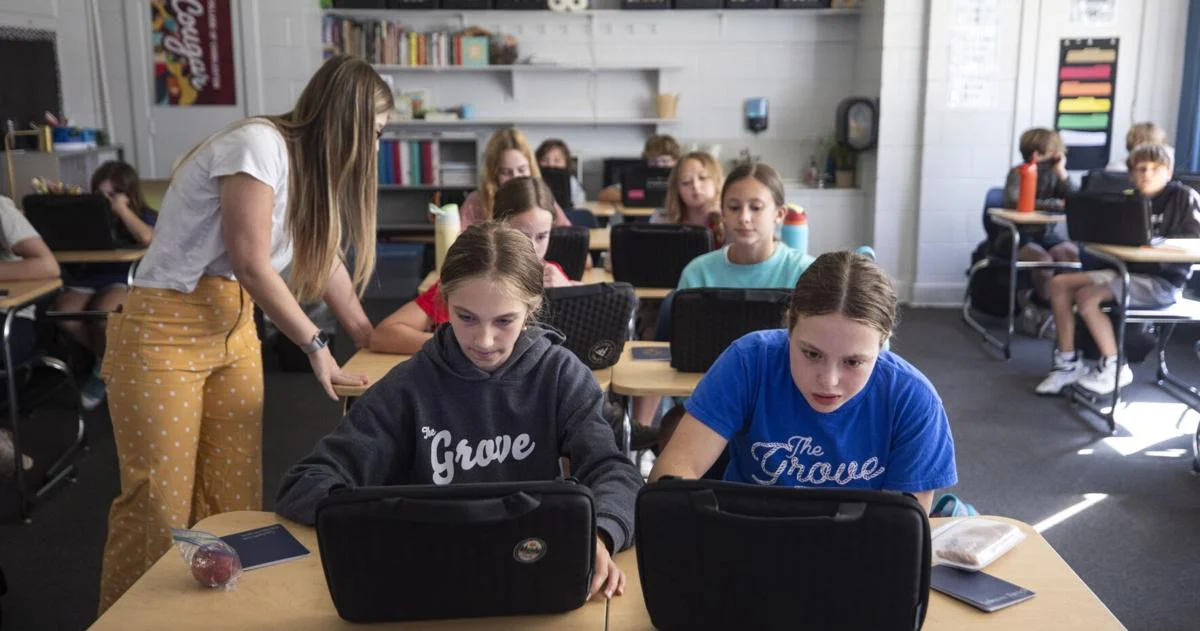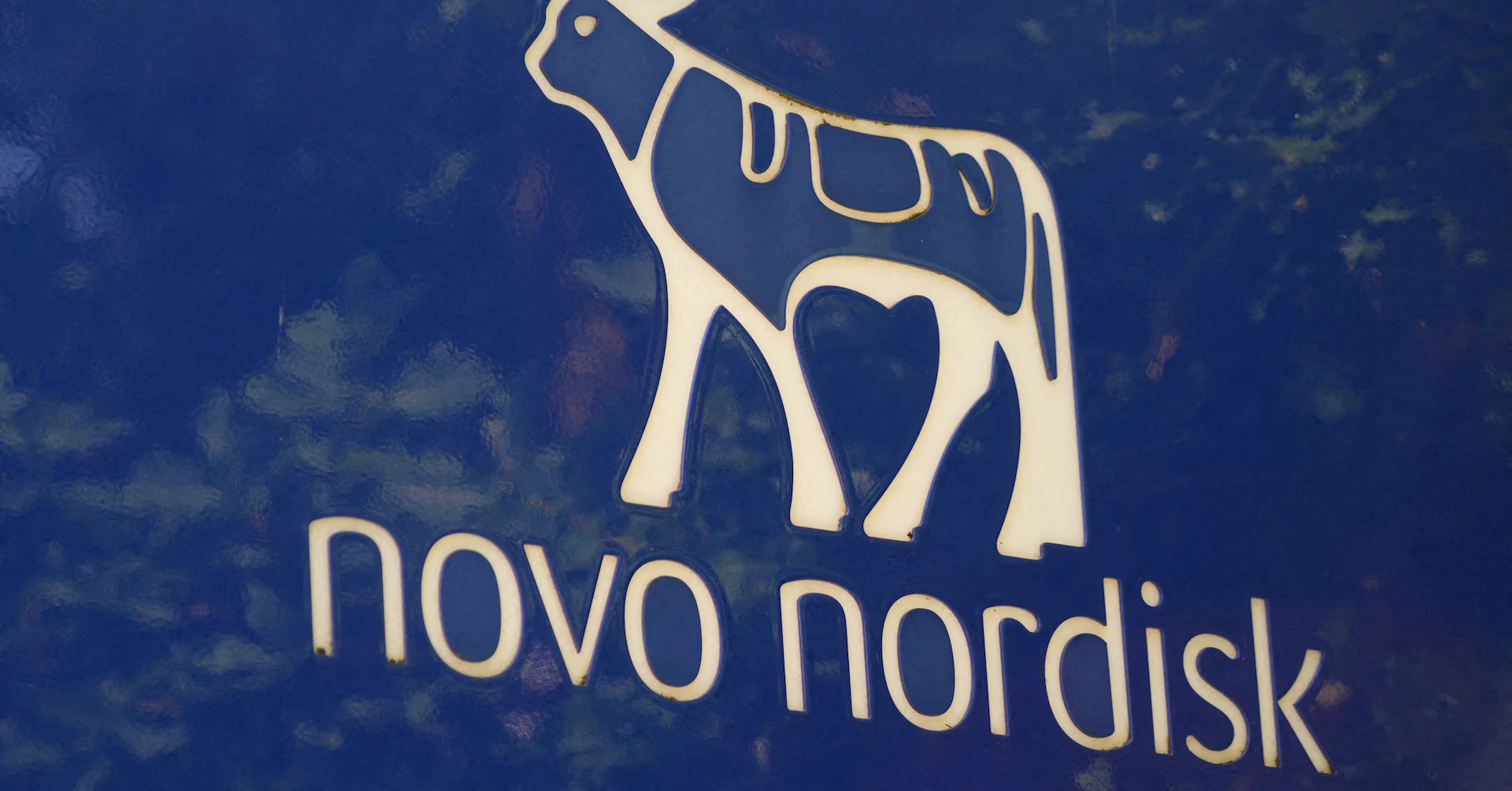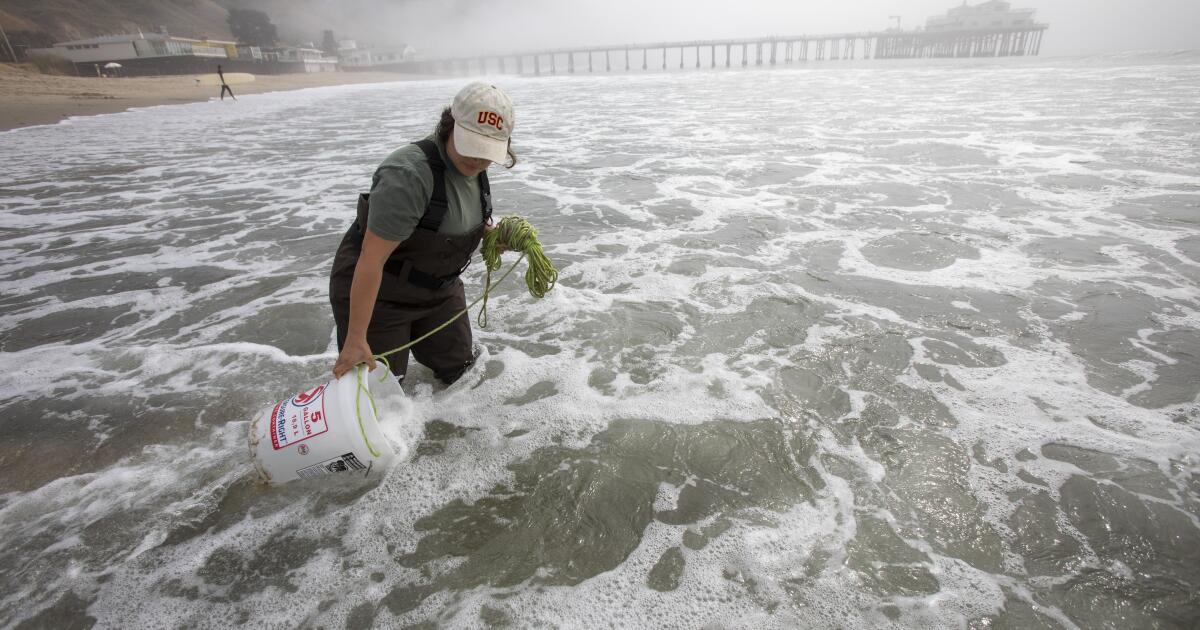
COLUMBIA — Enrollment in South Carolina’s charter schools has consistently grown in recent years, part of shifts in the state’s education system that has given families options beyond traditional public schools.
Amid that growth — in students, schools and sponsors — some charter campuses have achieved strong academic results. But others are struggling, and the sector’s rise has also prompted questions as officials and politicians continue to debate oversight, funding and charters’ impacts on traditional districts, which still serve the vast majority of schoolchildren.
The Post and Courier is set to explore the topic of charter schools in a free, public panel discussion on Sept. 23 at the University of South Carolina. Moderated by the paper’s Education Lab team, the panel will feature leaders in the charter sector from the state, authorizer and school level.
What is a charter school?
South Carolina’s charter schools are public schools with more independence and flexibility than traditional public schools. That means they’re funded by the state government and can’t charge tuition, and have some of the same obligations as other schools, such as federal protections for students with disabilities.
They date back to the state’s original Charter School Act of 1996. Over 53,500 students studied in one of the statewide charter systems last school year, up from just over 17,000 a decade ago, and the state has over 100 charter schools currently operating, compared to 69 in the 2014-15 year.
Charters’ independence is meant to allow for creativity and different educational approaches. Some campuses, for instance, are particularly focused on preparing students for college, a more traditional “classical” instruction on the Western canon, foreign language immersion or the arts.
“They’re charged in the statute to be innovative, and they’re given a certain amount of autonomy in terms of governance and budgeting and finance and location,” said Chris Neeley, the superintendent of the S.C. Public Charter School District, one of the state’s charter authorizers.
With that flexibility comes additional accountability. Under South Carolina law, a charter school closes if it scores at the bottom of the state’s school accountability system for three straight years, with narrow exceptions.
Who’s in charge?
Charters are governed by their own independent boards, the exact membership of which is determined by each school’s bylaws.
They also have to have an authorizer, also called a sponsor, which gives schools permission to open and act somewhat like a school district, providing accountability, support and oversight of individual campuses.
The only entities that can authorize a charter school are local school districts, the legislatively-created S.C. Public Charter School District or colleges and universities. Authorizers tied to Erskine College and Limestone University currently oversee schools, and Voorhees University also plans to open an authorizer.
Charter boards can also hire a private organization, called a charter management organization or an education management organization, to actually operate the school. Some of those groups have faced scrutiny.
Didn’t Limestone University shut down
It did, which means that the current school year is the last one for its authorizer, the Limestone Charter Association.
Under a closure plan being overseen by the S.C. Department of Education, the association’s 13 schools have until Dec. 15 to identify a new authorizer.
These schools serve over 7,000 students, including at campuses like Oceanside Collegiate Academy in Mount Pleasant, Horse Creek Academy in Aiken and Summerville Preparatory Academy.
Where does their money come from?
Charters, like regular public schools, get a certain amount of money from the state government based on how many students they teach.
But charter and traditional schools don’t get the same amount.
The state’s funding formula gives charter schools more money per student than traditional school districts, which is meant to make up for charter schools’ inability to levy local property taxes.
Local tax money makes up a significant amount of traditional school districts’ annual budgets. Because charter schools do not get that local tax money, they generally have less public funding overall per student than their traditional counterparts.
That system is being reviewed after it sparked debate late in this year’s legislative session. Traditional schools complained that charters were receiving too much state money. Lawmakers ended up reducing the share of state funding that virtual charter schools got in order to free up money for traditional districts.
Charter leaders criticized that move, pointing out that charter school enrollments are growing while those of the traditional system are shrinking. Cameron Runyan, the head of the Erskine institute, said at the time that it was “playing with the lives of children.” Traditional district leaders argued that their schools still serve the vast majority of kids in South Carolina.
Funding can look different for charter schools that are authorized by a local school district rather than one of the statewide sponsors. In land-rich Charleston County, for instance, the district’s large property tax base means that local revenues help support its nine charter schools — a system that has officials there rethinking their openness towards the independent schools.
Local property tax revenue is particularly important for local districts because it pays for construction and renovation projects. Charter schools get no public funding for buildings. That means charters often have to find temporary locations and work with private developers and financiers to build a permanent schoolhouse, unless their founders are wealthy enough to bankroll expensive infrastructure projects.
Is funding the only controversy about charter schools?
No. Since the Limestone and Erskine authorizers opened, several schools have transferred between the various sponsors. That includes some that had been facing pressure from their previous sponsor over academic or financial issues, giving rise to allegations that they transferred to avoid oversight, a practice called “authorizer shopping.”
Some state lawmakers have been trying to tighten the rules around transfers to crack down on that practice and to otherwise increase transparency requirements and state oversight of the authorizers.



